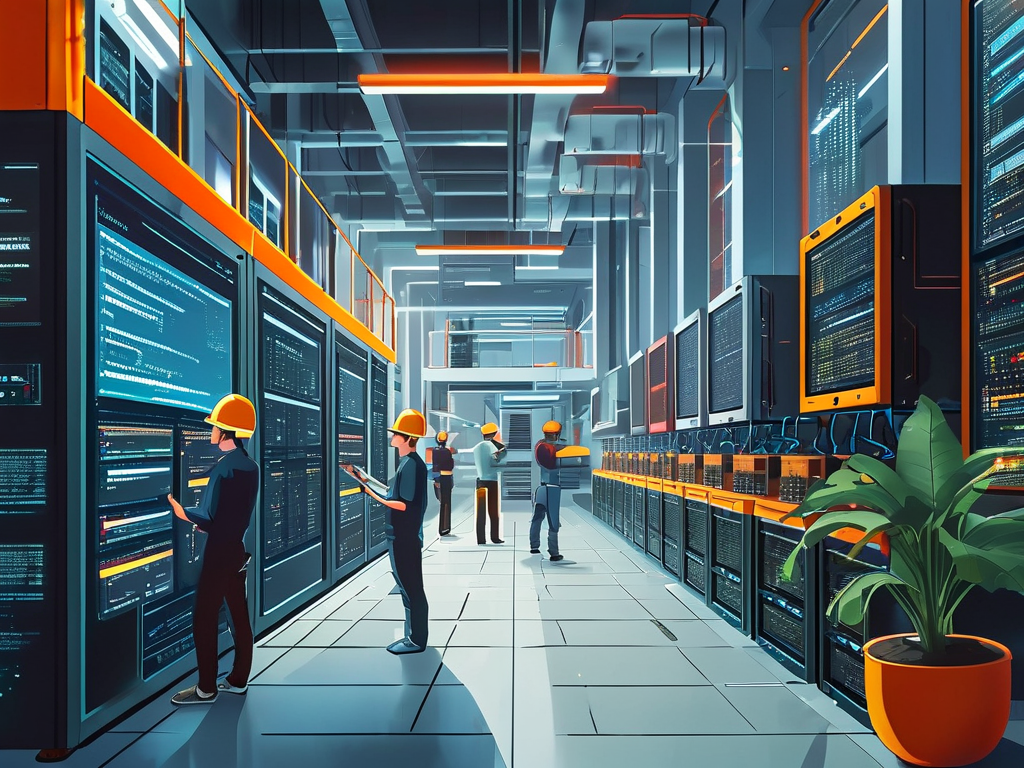The embedded systems industry has become a cornerstone of modern technology, powering everything from smart home devices to aerospace systems. As the world grows increasingly reliant on intelligent hardware, professionals in this field are witnessing unprecedented demand. But is embedded development truly a viable long-term career choice? Let’s explore the opportunities, challenges, and future outlook of this dynamic sector.
The Expanding Horizon of Embedded Applications
Embedded systems form the backbone of the Fourth Industrial Revolution. Consider these real-world implementations:

// Simplified IoT sensor code snippet
void main() {
sensor_init();
while(1) {
float temp = read_temperature();
if(temp > THRESHOLD) activate_cooling();
transmit_data(cloud_server);
sleep(1000);
}
}
This basic code pattern scales to complex applications in automotive systems (like Tesla’s battery management), medical devices (pacemakers with adaptive algorithms), and industrial automation. The diversity of applications ensures that embedded developers rarely face monotonous work, with projects spanning multiple industries.
Skillset Evolution in the Embedded Space
Unlike conventional software roles, embedded development demands hybrid expertise. A 2023 survey by the Embedded Vision Alliance revealed that 68% of hiring managers prioritize candidates with:
- Hardware/software co-design capabilities
- Real-time operating system (RTOS) experience
- Low-level optimization skills
The learning curve can be steep, but this specialization creates a natural barrier to entry, resulting in less saturation compared to web or mobile development markets. Professionals who master interfaces like I2C, SPI, and CAN bus protocols often command premium salaries.
Economic Viability and Compensation Trends
While entry-level salaries in embedded roles (≈$75,000 in North America) may trail behind AI or blockchain positions initially, the long-term trajectory tells a different story. Senior engineers with 10+ years’ experience frequently surpass $150,000 annually, particularly in automotive and robotics sectors. The key differentiator? Hardware-centric projects typically have longer lifecycles than consumer apps, ensuring sustained revenue streams for developers.
The Sustainability Question
Critics argue that cloud computing and SaaS models might diminish embedded systems’ relevance. This perspective overlooks critical realities:
- Latency-sensitive applications (autonomous vehicles, surgical robots) require localized processing
- Energy efficiency needs in IoT devices favor optimized embedded solutions over cloud dependency
- Cybersecurity concerns drive demand for secure hardware-rooted architectures
A recent McKinsey report projects 22% compound annual growth for industrial embedded systems through 2030, outpacing general software development sectors.
Challenges to Consider
The field isn’t without hurdles. Rapid obsolescence of hardware platforms necessitates continuous learning. Debugging physical systems often requires expensive lab setups, and cross-disciplinary projects might involve complex supply chain coordination. However, these challenges also serve as quality filters, maintaining the profession’s prestige.
Global Opportunities and Remote Work Potential
While embedded roles traditionally required lab access, virtualization tools and FPGA emulators are enabling remote development. Companies like Arm and Qualcomm now offer hybrid positions combining home-based coding with periodic lab sessions. This flexibility, coupled with consistent demand across North America, Europe, and Asia, makes embedded engineering surprisingly mobile compared to other hardware-focused careers.
Future-Proofing Your Career
Emerging technologies are creating new frontiers:

- ML at the Edge: Deploying neural networks on microcontrollers
- RISC-V Architecture: Open-source hardware revolution
- Quantum Embedded Systems: Early-stage research in error-corrected quantum controllers
Developers who pair traditional embedded skills with Python/AI frameworks (TensorFlow Lite Micro) and security expertise (ARM TrustZone) position themselves at the forefront of these innovations.
: A Calculated Bet on Hardware’s Future
Embedded systems development offers a unique blend of stability and innovation. While not as hyped as cryptocurrency or generative AI, its critical role in physical-world technologies ensures enduring relevance. For engineers who enjoy seeing tangible results from their code and possess patience for hardware-software integration challenges, this field presents a rewarding career path with decades of growth potential. The key lies in continuous adaptation – those who evolve with technological shifts will likely find embedded development not just “good,” but exceptional.









